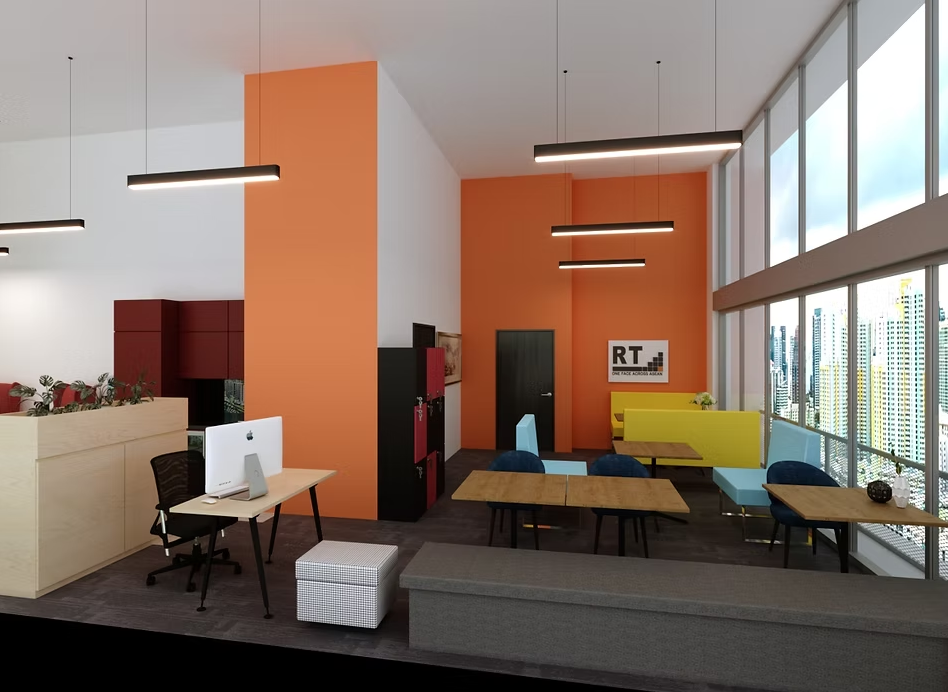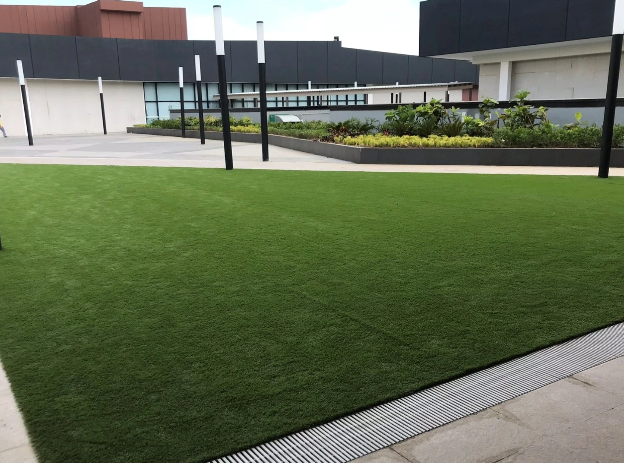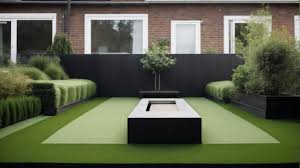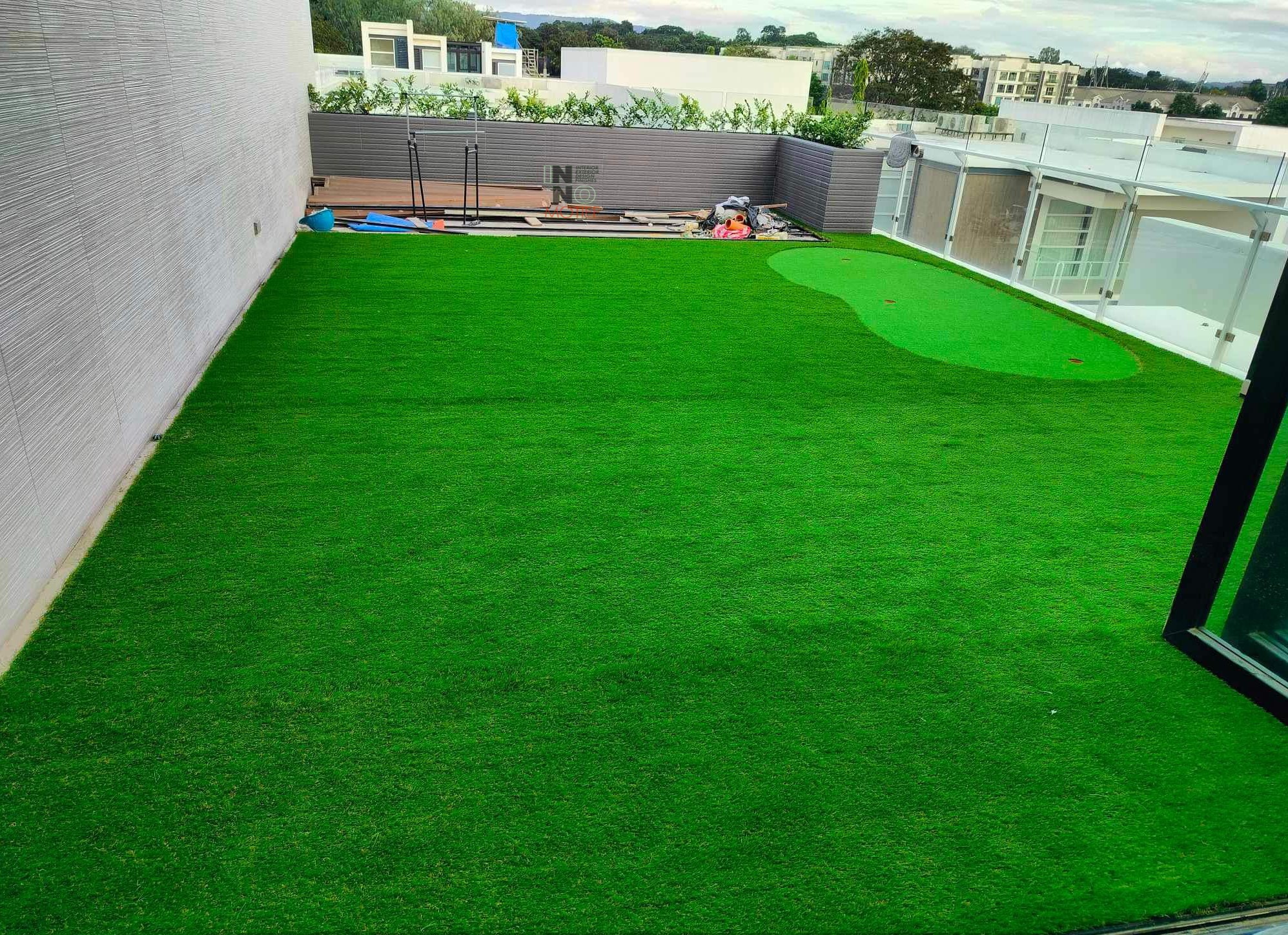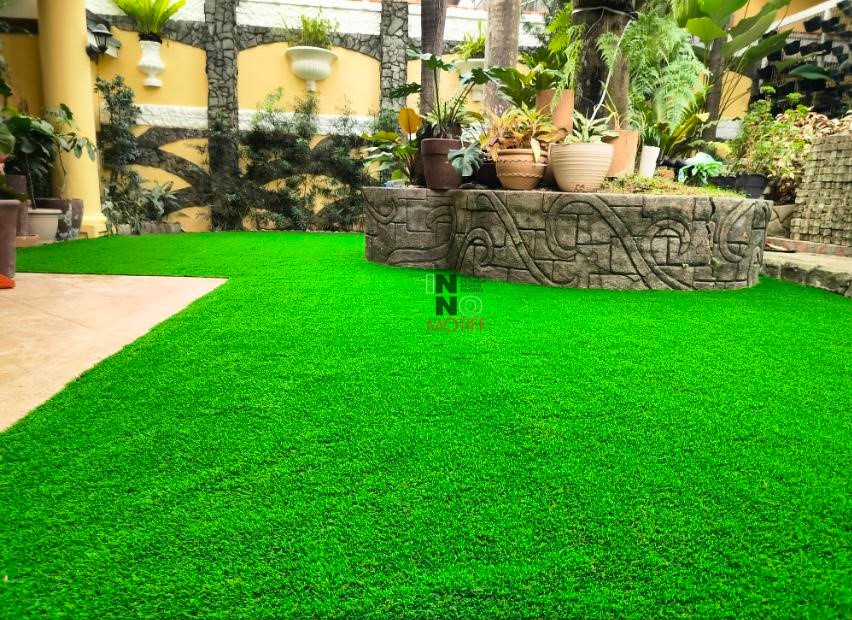Understanding the Importance of Interior Design for Commercial Spaces
Interior design for commercial spaces plays a pivotal role in shaping how businesses are perceived by clients, customers, and employees. A well-designed commercial environment communicates professionalism, creativity, and a brand’s unique identity. Beyond aesthetics, strategic design enhances employee productivity by creating spaces that support workflow, collaboration, and focus. Lighting, layout, color schemes, and furniture choices all influence mood and engagement, directly affecting overall performance. Clients visiting a thoughtfully designed space are more likely to feel confident in a business’s capabilities, making interior design a strategic investment rather than a cosmetic upgrade. Functionality and visual appeal must coexist, ensuring that spaces are not only beautiful but also practical. Investing in commercial interior design transforms ordinary offices, retail stores, or hospitality venues into dynamic environments that elevate business success.
Key Elements of Effective Commercial Interior Design
Successful commercial interior design integrates multiple elements that balance form and function. Space planning is crucial, as it dictates how people move, interact, and perform tasks within a business environment. Efficient layouts minimize congestion, optimize accessibility, and create zones for collaboration, private work, and client meetings. Lighting is another critical component, as it affects mood, energy levels, and productivity. Natural light can boost employee well-being, while artificial lighting should complement tasks and enhance the overall atmosphere. Color palettes and textures influence perception, with bright, vibrant tones energizing spaces and muted tones fostering calm and focus. Selecting furniture with ergonomics, durability, and style in mind ensures comfort and longevity. Incorporating modern technology into the design, such as smart boards, charging stations, or integrated AV systems, streamlines operations without compromising aesthetics.
Design Styles for Commercial Spaces
Commercial spaces can adopt a variety of design styles to align with brand identity and target audiences. Modern minimalism focuses on clean lines, clutter-free layouts, and functional elegance, ideal for corporate offices and tech startups. Contemporary design incorporates the latest trends in materials, colors, and furniture, creating spaces that feel fresh, updated, and professional. Industrial and urban styles appeal to creative work environments, emphasizing raw materials, exposed structures, and bold textures. Luxury or premium designs elevate upscale commercial spaces such as high-end retail or hospitality venues, using sophisticated finishes and bespoke furnishings. Blending multiple styles allows businesses to create a unique identity, reflecting the company culture while catering to specific functional needs. Each design choice should be intentional, reinforcing brand messaging and creating a memorable experience for employees and clients alike.
Sustainability and Eco-Friendly Design in Commercial Spaces
Sustainability is becoming a core consideration in commercial interior design, both for environmental responsibility and long-term cost savings. Eco-friendly materials, such as reclaimed wood, recycled metals, and low-VOC paints, reduce a business’s carbon footprint while maintaining style and durability. Energy-efficient lighting systems, HVAC solutions, and smart building technologies cut operational costs and improve overall sustainability. Biophilic design, which incorporates natural elements like greenery, water features, and natural light, enhances employee well-being and productivity while creating inviting spaces for clients. Sustainable design also signals corporate responsibility, appealing to eco-conscious customers and stakeholders. Beyond environmental benefits, green spaces and natural elements can reduce stress and increase focus among employees. Implementing sustainable strategies in commercial spaces demonstrates forward-thinking, innovative approaches to workplace design.
Strategic Use of Branding in Interior Design
Integrating brand identity into commercial interior design ensures that every element reinforces the company’s image. Color schemes, logos, wall graphics, and furniture selections can reflect core values and brand messaging. Cohesive branding across floors, lobbies, meeting rooms, and workstations creates a unified experience for visitors and employees. Design choices can convey professionalism, creativity, approachability, or luxury, depending on the desired impression. Incorporating brand storytelling into physical spaces fosters stronger emotional connections with clients and enhances loyalty. Functional design elements, such as signage, wayfinding, and display areas, also contribute to a branded experience while supporting operational needs. Thoughtful integration of branding into interior design transforms spaces into immersive environments that communicate identity without words.
Challenges in Commercial Interior Design and How to Overcome Them
Commercial interior design projects often face unique challenges, including space limitations, high-traffic areas, and budget constraints. Efficient space utilization requires careful planning to ensure flow and accessibility without overcrowding. Maintaining functionality while achieving an appealing aesthetic can be complex, particularly in multi-purpose areas. Budget restrictions may limit material choices or design elements, but creative solutions such as modular furniture or flexible layouts can maximize value. Collaborating closely with contractors, architects, and designers helps ensure that design vision aligns with practical execution. Time management is critical, as commercial spaces often need minimal downtime during renovations or redesigns. By anticipating potential challenges and implementing strategic solutions, businesses can achieve a well-designed space that meets both aesthetic and functional goals.
Steps to Plan a Commercial Interior Design Project
Planning a commercial interior design project requires careful consideration and structured execution. Start by assessing the business needs, including functionality, branding goals, and employee requirements. Create a design brief outlining objectives, budget, and desired outcomes to guide decisions throughout the project. Select materials, furniture, and finishes that balance durability, style, and brand alignment. Lighting, layout, and technology integration should complement operations while enhancing the overall environment. Develop a realistic timeline, coordinating with contractors and suppliers to ensure milestones are met efficiently. Throughout the project, regular reviews and adjustments maintain alignment with the initial vision and functional requirements. After completion, evaluating how the design impacts employee performance, client experience, and overall satisfaction can inform future improvements.
Bullet List: Essential Considerations for Commercial Interior Design
- Optimize space planning for workflow and movement
- Incorporate lighting that enhances functionality and mood
- Choose colors and textures that reflect brand identity
- Select ergonomic and durable furniture for comfort and longevity
- Integrate technology seamlessly for efficiency
- Use sustainable and eco-friendly materials
- Maintain flexibility for future growth or layout changes
Frequently Asked Questions (FAQ)
What is the difference between commercial and residential interior design?
Commercial design focuses on functionality, branding, and high-traffic durability, while residential design emphasizes personal comfort and aesthetic preferences.
How much does commercial interior design typically cost?
Costs vary depending on space size, materials, and project scope, but a professional designer can provide budget-friendly strategies without compromising quality.
How can interior design improve employee productivity?
Thoughtful layouts, ergonomic furniture, adequate lighting, and biophilic elements create an environment that supports focus, collaboration, and well-being.
What are the current trends in commercial interior design?
Trends include sustainability, minimalism, hybrid workspaces, integrated technology, and spaces designed for wellness and creativity.
How long does a commercial interior design project take?
Project timelines vary based on size and complexity, typically ranging from several weeks for small offices to several months for larger commercial spaces.
Takeaway
Investing in interior design for commercial spaces is a strategic approach that goes beyond aesthetics. Well-executed design enhances brand identity, supports employee productivity, improves client experiences, and creates an environment that reflects a business’s values. By integrating functionality, sustainability, and branding, companies can transform ordinary workspaces into dynamic, inspiring environments. Thoughtful planning, material selection, and attention to detail ensure commercial interiors deliver lasting impact, making them a critical factor in overall business success.

